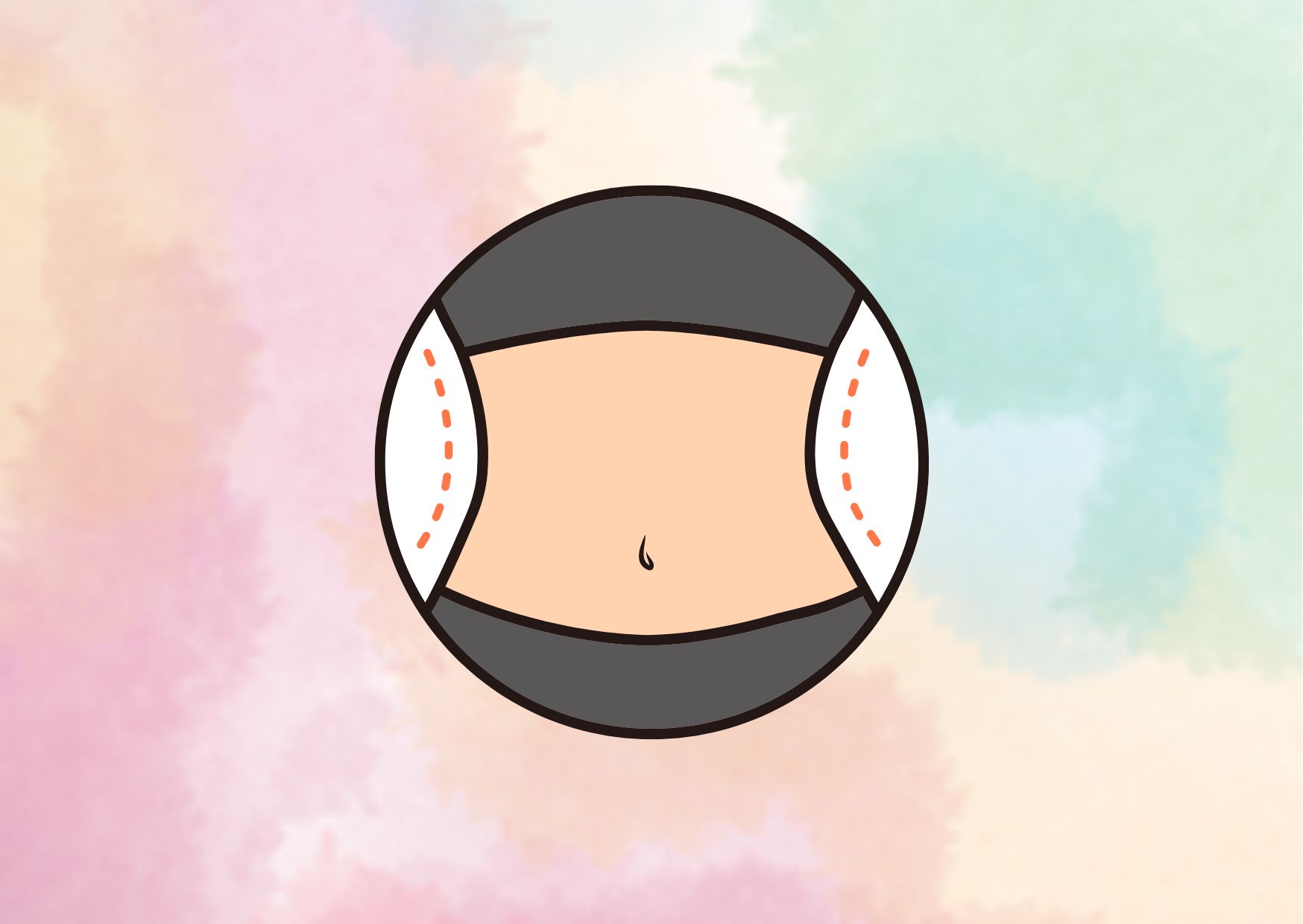Do Waist Trainers Work? Unveiling the Truth
Waist trainers have gained immense popularity in recent years, prompting many to ask, “Do waist trainers work?” These corset-like garments, often marketed as a quick fix for achieving an hourglass figure, have sparked debates among fitness enthusiasts and health professionals alike. As more women turn to waist trainers in their quest for a slimmer waistline, it’s crucial to examine the efficacy and potential implications of this trend.
This article delves into the world of waist training, exploring what waist trainers are and how they purportedly work. We’ll look at the science behind these devices, discuss possible risks and side effects, and consider alternatives for waist slimming. By the end, readers will have a comprehensive understanding of waist trainers, enabling them to make informed decisions about incorporating these garments into their fitness routines.
What Are Waist Trainers?
Definition and Types
Waist trainers are garments designed to sculpt and shape the waistline, creating a slimmer appearance. These undergarments typically wrap around the abdominal area, extending from below the bust to the hips. They come in various styles, including corsets and cinchers, each serving different purposes.
Corsets, the traditional form of waist trainers, are made with sturdy materials like cotton, satin, or leather. They feature steel or plastic boning for structure and often have laces at the back for adjustable tightening. Corsets are known for their ability to create a dramatic hourglass figure.
Waist cinchers, on the other hand, are more modern and flexible. They’re usually made from latex or spandex and fasten with hooks, eyes, or Velcro. Cinchers offer a less extreme shaping effect compared to corsets but are more suitable for everyday wear and exercise.
Historical Context
The practice of waist training has a long and fascinating history. It originated in the 16th century when women in France began wearing stiffened undergarments known as “French Bodies” to achieve a narrower waist. By the Victorian era of the 1800s, corsets had become a staple in women’s fashion, used to create the highly desired hourglass figure.
Interestingly, contrary to popular belief, early corsets were not primarily intended to decrease waist size. Instead, they were designed to mold the torso into a more cylindrical shape and flatten the bust line. The extreme waist-cinching associated with corsets came later as beauty standards evolved.
How They’re Supposed to Work
Waist trainers are designed to compress the midsection, temporarily reducing its size and creating a slimmer silhouette. When worn consistently over time, they’re believed to help “train” the waist to maintain a smaller circumference.
Corsets work by using strong steel boning and tight lacing to physically reshape the torso. They can reduce the waist size by 3 to 6 inches when worn, depending on the individual’s body type and the corset’s construction.
Waist cinchers, while less extreme, still provide compression to flatten the stomach and shape the waistline. They typically offer a reduction of 1 to 2 inches while worn.
Both types of waist trainers are said to have additional benefits beyond shaping. They may help improve posture by encouraging wearers to sit and stand straighter. Some users report feeling more supported in their core and back when wearing these garments.
It’s important to note that while waist trainers can create a temporary change in appearance, they do not cause permanent fat loss or body reshaping on their own. Any long-term changes in body shape would require consistent use over an extended period, combined with proper diet and exercise.
The Science Behind Waist Training
Effects on Body Shape
Waist trainers have gained popularity as a quick fix for achieving an hourglass figure, but the science behind their effectiveness is questionable. While these garments can create a temporary illusion of a smaller waist, they do not cause permanent changes to body shape. The compression from waist trainers may temporarily redistribute fat and flesh, but it doesn’t lead to long-term fat loss or body reshaping.
Dr. Maria Lombardo, a cosmetic surgeon, explains that fat cells cannot be moved or destroyed by external pressure. When a waist trainer is worn, fat is merely distorted inside the cell, not broken down or shifted to another location. This means that any changes in body shape are temporary and will disappear once the waist trainer is removed.

